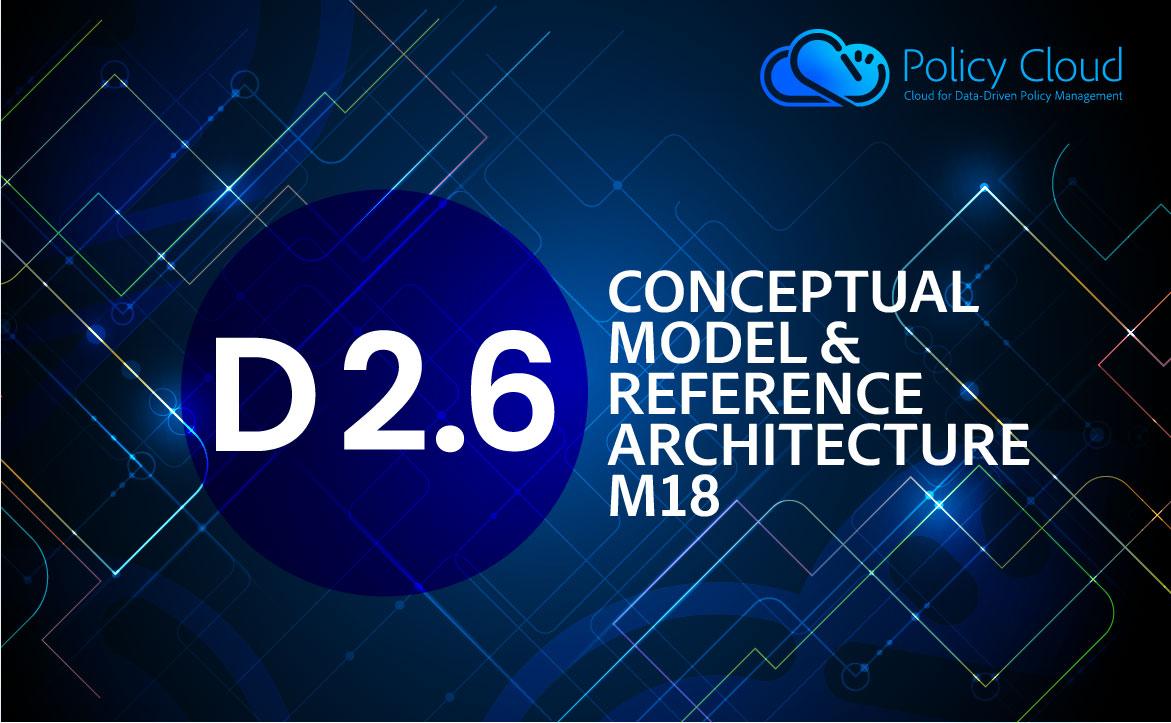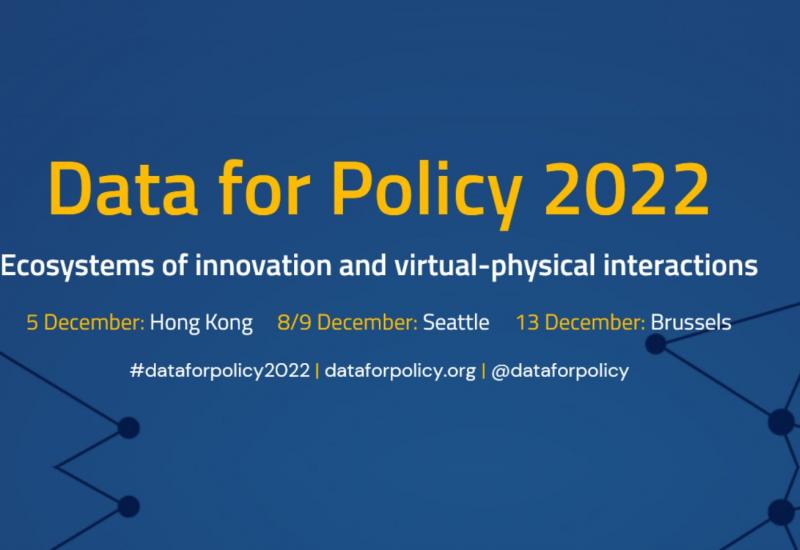
- Cloud for Data-Driven Policy Management
- Contact Us
- Join our community
- Login
D2.6 CONCEPTUAL MODEL & REFERENCE ARCHITECTURE

Submission date:
Wednesday, 30 June, 2021
WP:
- WP2: Requirements, Architecture & Innovation
This document provides the first update to the Conceptual Model and Reference Architecture of PolicyCLOUD (the initial document has been submitted as Deliverable D2.2). This second version (Deliverable D2.6) provides the definition of the overall architecture and its components, focuses on the integration aspects of the architecture and presents example scenarios and associated data sources from the project’s Use Cases including end-to-end data path analysis. The final update of the deliverable will be published in M30.
A second version of the PolicyCLOUD Conceptual Model & Reference Architecture (originally submitted as Deliverable D2.2) is presented in this document. The final update of the deliverable will be submitted in M30.
The PolicyCLOUD Conceptual Model presents the overall project concept along 2 main axes. Along the first data axis PolicyCLOUD delivers Cloud Gateways and APIs to access data sources and adapt to their interfaces so as to simplify interaction and data collection from any source. Along the second main axis, the Policies Management Framework of PolicyCLOUD allows the definition of forward-looking policies as well as their dynamic adaptation and refocusing to the population they are applied on.
Based on the project’s offerings along the main two axes of the Concept, five main building blocks (in a layered manner) define its Architecture: (1) The Cloud Based Environment and Data Acquisition, (2) Data Analytics, (3) the Policies Management Framework, (4) the Policy Development Toolkit and (5) The Marketplace.
The architecture also includes a Data Governance Model, Protection and Privacy Enforcement and the Ethical Framework as depicted in figure 2.
The architecture allows for integrated data acquisition and analytics. It also allows data fusion with processing and initial analytics (see 7.6.5) as well as seamless analytics (see 7.6.6) on hybrid data at rest.
The main focus of the updates of the document is on the Integration in PolicyCLOUD which follows three directions: (i) architecture integration, (ii) integration with the cloud infrastructure and (iii) integration with Use Case scenarios through the implementation of end-to-end scenarios. Additional integration activities take place along the two frameworks of PolicyCLOUD, (a) the Data Governance model, protection and privacy enforcement mechanism and (b) the Ethical and Legal Compliance framework.
For end-to-end data path analysis we have used two Use Case scenarios: (i) the scenario of Use Case 1: “Radicalization incidents” and the scenario of Use Case 2: “Visualization of negative and positive opinions on social networks for different products”.


